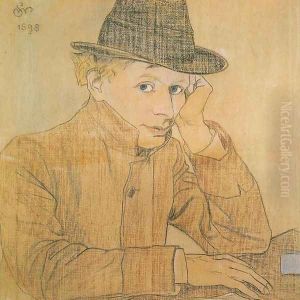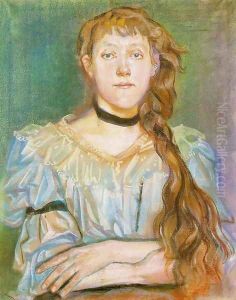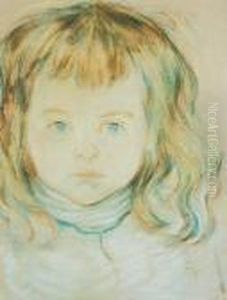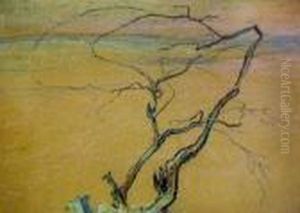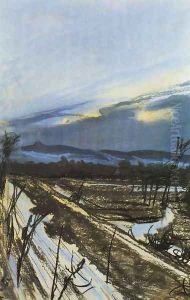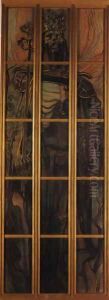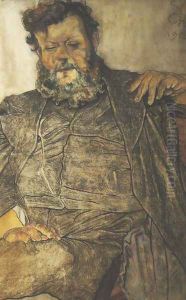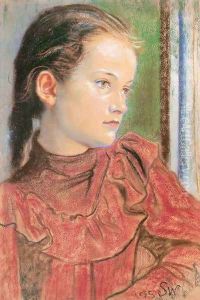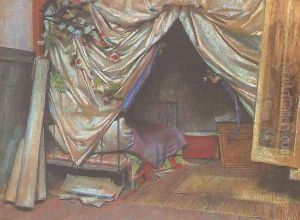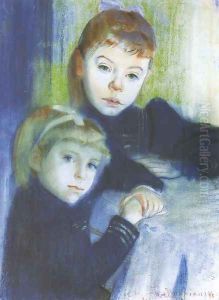Stanislaw Wyspianski Paintings
Stanislaw Wyspianski was a Polish playwright, painter, and poet who is considered one of the most important figures in the Polish art scene at the turn of the 20th century. Born on January 15, 1869, in Kraków, Poland, he was a multifaceted artist who made significant contributions to the fields of drama, fine arts, and literature during his short life.
Wyspianski was born to a Polish family with cultural ties; his father was a sculptor and his mother was a musician. He studied at the School of Fine Arts in Kraków, where he developed his skills in painting and drawing. In 1890, he continued his education at the Academy of Fine Arts in Kraków, where he was influenced by the works of Jan Matejko, a renowned Polish historical painter.
Wyspianski's interest in national history and folklore was reflected in his art, which often combined elements of Symbolism and Art Nouveau. His work was characterized by its vibrant colors, intricate details, and the use of traditional Polish motifs. He gained widespread recognition for his stained glass designs, most notably those in the Franciscan Church in Kraków, which are considered masterpieces of Polish Art Nouveau.
Apart from his visual art, Wyspianski made significant contributions to Polish theatre. He wrote several plays that explored Polish history and identity, including 'The Wedding' ('Wesele'), which is perhaps his most famous play. 'The Wedding' is a seminal work in Polish literature, known for its symbolic and allegorical portrayal of the Polish society of his time.
Wyspianski's talents also extended to poetry, and he wrote many lyrical works that are still celebrated in Poland. His artistic output was prolific despite his poor health; he suffered from syphilis, which severely impacted his life and eventually led to his premature death.
Stanislaw Wyspianski died on November 28, 1907, at the age of 38 in Kraków. Despite his short life, his influence on Polish art and culture remains significant. He is remembered as a visionary artist who sought to capture the spirit of Poland and its people through his diverse and groundbreaking body of work.








